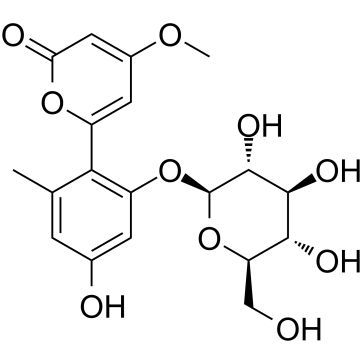Equivocal colonic carcinogenicity of Aloe arborescens Miller var. natalensis berger at high-dose level in a Wistar Hannover rat 2-y study.
M Yokohira, Y Matsuda, S Suzuki, K Hosokawa, K Yamakawa, N Hashimoto, K Saoo, K Nabae, Y Doi, T Kuno, K Imaida
Index: J. Food Sci. 74(2) , T24-30, (2009)
Full Text: HTML
Abstract
A 2-y carcinogenicity study of Aloe, Aloe arborescens Miller var. natalensis Berger, a food additive, was conducted for assessment of toxicity and carcinogenic potential in the diet at doses of 4% or 0.8% in groups of male and female Wistar Hannover rats. Both sexes receiving 4% showed diarrhea, with loss of body weight gain. The survival rate in the 4% female group was significantly increased compared with control females after 2 y. Hematological and biochemical examination showed increase of RBC, Hb, and Alb in the 4% males. The cause of these increases could conceivably have been dehydration through diarrhea. AST and Na were significantly decreased in the males receiving 4%, and Cl was significantly decreased in both 4% and 0.8% males. A/G was significantly increased in the 4% females, and Cl was significantly decreased (0.8%) in the female group. Histopathologically, both sexes receiving 4% showed severe sinus dilatation of ileocecal lymph nodes, and yellowish pigmentation of ileocecal lymph nodes and renal tubules. Adenomas or adenocarcinomas in the cecum, colon, and rectum were observed in 4% males but not in the 0.8% and control male groups. Similarly, in females, adenomas in the colon were also observed in the 4% but not 0.8% and control groups. In conclusion, Aloe, used as a food additive, exerted equivocal carcinogenic potential at 4% high-dose level on colon in the 2-y carcinogenicity study in rats. Aloe is not carcinogenic at nontoxic-dose levels and that carcinogenic potential in at 4% high-dose level on colon is probably due to irritation of the intestinal tract by diarrhea.
Related Compounds
| Structure | Name/CAS No. | Molecular Formula | Articles |
|---|---|---|---|
 |
aloenin a
CAS:38412-46-3 |
C19H22O10 |
|
The content of secondary phenol metabolites in pruned leaves...
2008-10-01 [J. Nat. Med. 62(4) , 430-5, (2008)] |
|
Determination of aloenin, barbaloin and isobarbaloin in aloe...
2001-03-05 [J. Chromatogr. B. Biomed. Sci. Appl. 752(1) , 91-7, (2001)] |
|
Antidiabetic effects of dietary administration of Aloe arbor...
2006-02-20 [J. Ethnopharmacol. 103(3) , 468-77, (2006)] |
|
New bioactive compounds from Aloe hijazensis.
2009-01-01 [Nat. Prod. Res. 23 , 1035-1049, (2009)] |
|
[Distribution of anthraquinones in leaves of two Aloe specie...
2002-11-01 [Ying Yong Sheng Tai Xue Bao 13(11) , 1381-4, (2002)] |